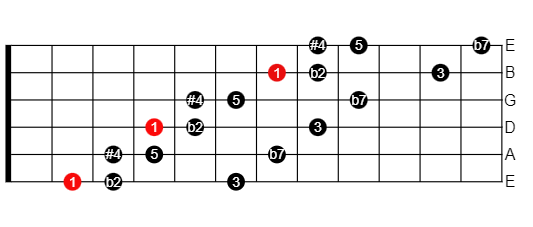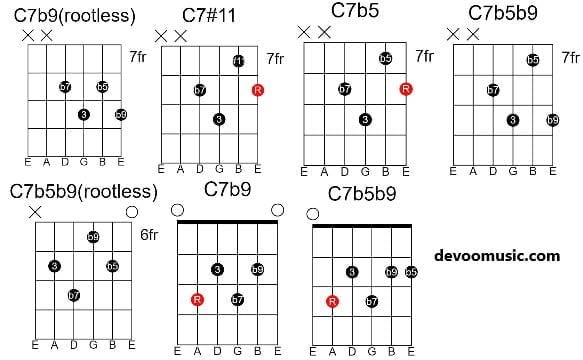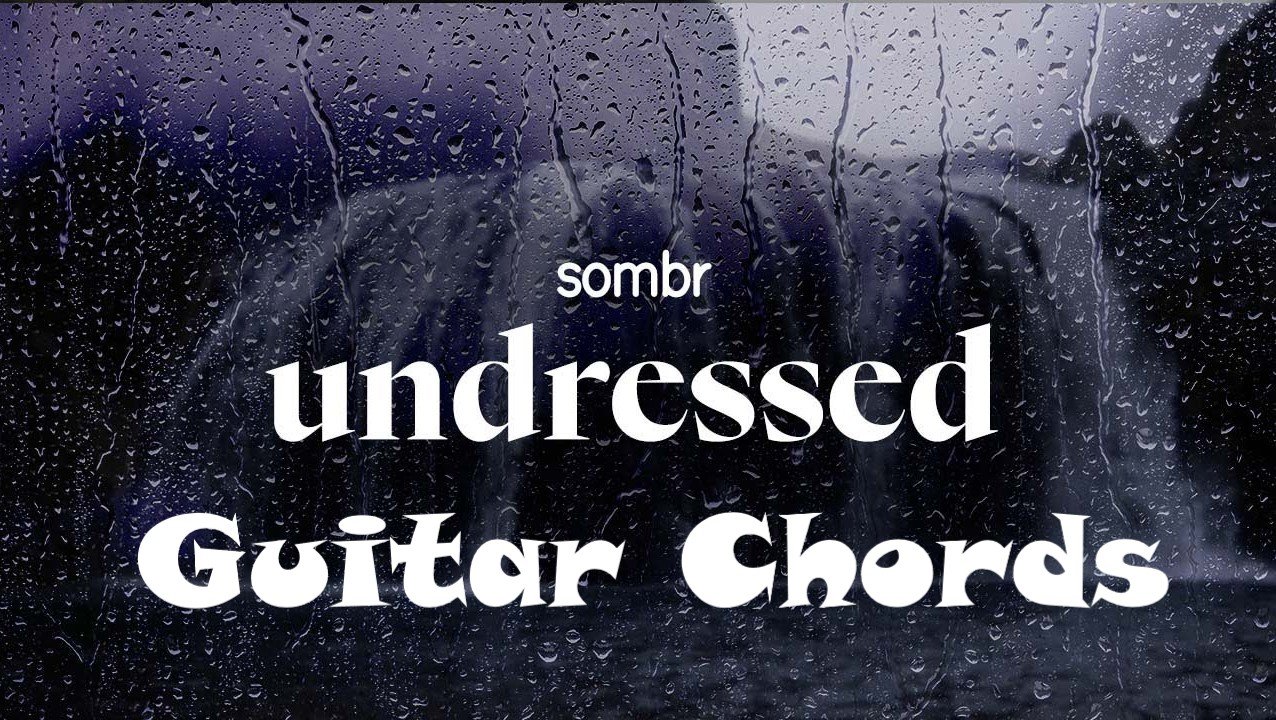The Tritone Scale
The tritone (scale) is a synthetic scale and also regarded as being a symmetrical scale, because it is built with two same patterns made of one minor second + one minor third + one major second, a tritone away (three tones) hence its name.
The tritone scale can also be seen as two superimposed major triads and also two dominant seventh arpeggios. The formula is tonic (1), minor second (b2) , major third (3), augmented fourth (#4), perfect fifth (5) and minor seventh (b7) making it a hexatonic scale (made of six pitches)
Formula
Here is the formula chart for the tritone scale, notice that the #4 is sometimes labelled b5. However, it is better to call it #4 in order to avoid any confusion between the 5 and the b5. Indeed, theoretically there can not be two fifths in a scale.


Symmetry And Structure
The tritone scale can be seen in three ways:
1. A combination of two identical patterns each comprising a minor 2nd (one semitone), a minor 3rd (three semitones) and a major 2nd (two semitones). Each pattern being six semitones (or three tones) apart which give this scale its name.
2. A combination of two major triads, this lead us back to the triad pairs improvisation system, that is to combine two triads to build modern improvised jazz lines.
As shown in the example, you can see and ear that the tritone scale contains two major triads.
One starting from the tonic, C major made of C (1), E (3) and G (5).
One starting from the sharp 4th giving a F# major triad made of F# (1), A# (3), C# (5) or if you prefer, Gb major triad (Gb-Bb-Db).


3. A combination of two dominant seventh chords, that are actually the two previous major triads with an added seventh (1-3-5-b7), thus giving C7 and F#7 (or Gb7).
One Octave Shapes
The most efficient way to learn a scale for the first time is to practice it using one octave shapes (the notes are within the space of one octave), anywhere on the guitar neck, up and down, in all twelve keys.

Two Octave Shapes
Now, try to practice the Tritone scale in position, in order to cover at least two octaves as shown in these diagrams.

3 Notes Per String – 3NPS
The next shapes show how to play the tritone scale using the 3NPS technique (3 notes per string).


Related Chord Shapes
As you will certainly have noticed, the tritone scale is actually a dominant 7 chord embellished with a b2 and a #4 respectively b9 and #11. Making this scale a good option for improvising over dominant chords when you want to create jazz lines that bring in a little bit of tension.
Here are some altered dominant guitar chord shapes that fit well with the tritone scale. Don’t hesitate to create your own exercises by mixing a tritone scale lick with one of these chord voicings as shown in the example below.

Exercises
Here below you’ll find two patterns showing the C tritone scale broke up into two major triads (triad pairs C and F#) and two dominant seventh arpeggios (C7 and F#7).







